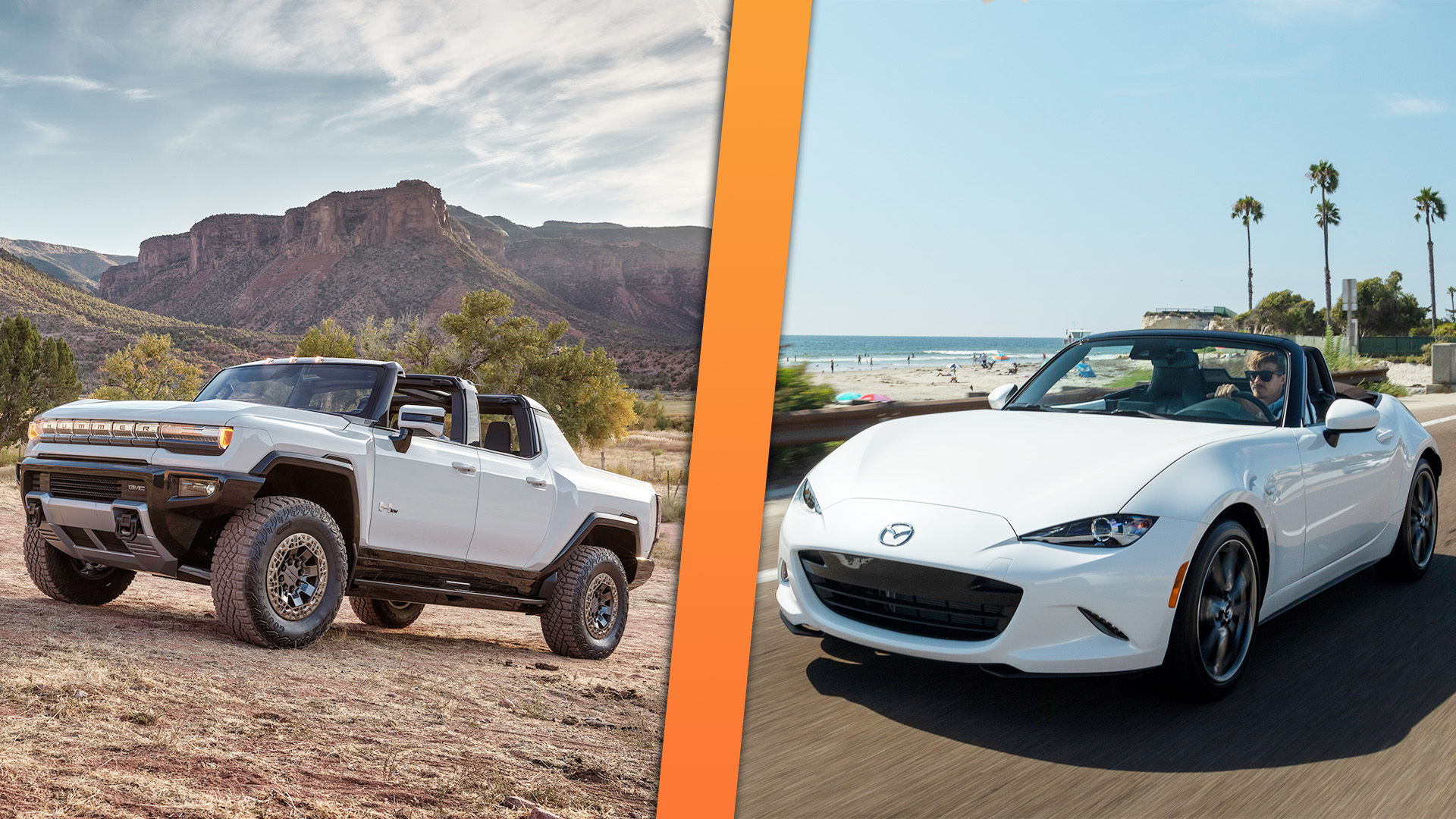

Waking up to the realities of physics, federal regulators Wednesday said bigger, heavier EVs sharing roads with lighter cars could have disastrous consequences.
“I’m concerned about the increased risk of severe injury and death for all road users from heavier curb weights and increasing size, power, and performance of vehicles on our roads, including electric vehicles,” head of the National Transportation Safety Board Jennifer Homendy said, according to The Associated Press.
The NTSB doesn’t have the purview to regulate vehicle curb weights and sizes—that distinction falls to the NHTSA. The NTSB investigates crashes, however, and does have some influence on vehicle regulations. The Hummer EV has largely been the poster child for excess (in more ways than one) regarding battery weight; its 200-kilowatt-hour battery pack weighs as much as many small cars it shares the road with. Others have pointed out the weight disparity between the Ford F-150 Lightning and its gas-powered counterpart truck—up to 3,000 pounds heavier—and crossovers from Volvo and VW.
That’s true, although it doesn’t necessarily square with car buyers’ demands for longer range (Eds note: Whether they need it or not is another story.) that require bigger batteries. According to a 2011 study by the National Bureau of Economic Research, an added 1,000 pounds of weight to a car increases the risk of a fatal crash by 47%. For a little more context, the Mazda MX-5 Miata’s curb weight of 2,341 pounds is dwarfed considerably by the 9,046-pound curb weight of the Hummer EV—a 6,705-pound weight difference.
What’s more, the acceleration of electric cars figuratively blows the doors off internal combustion-powered counterparts, hurtling those masses toward the horizon, in some cases faster than gravity, federal regulators pointed out. No one has mentioned a law prohibiting the size and speed of new cars, however, Isaac Newton’s Second Law of Motion has been on the books for a while; force is equal to mass times acceleration.
Got a tip? Send it in to tips@thedrive.com